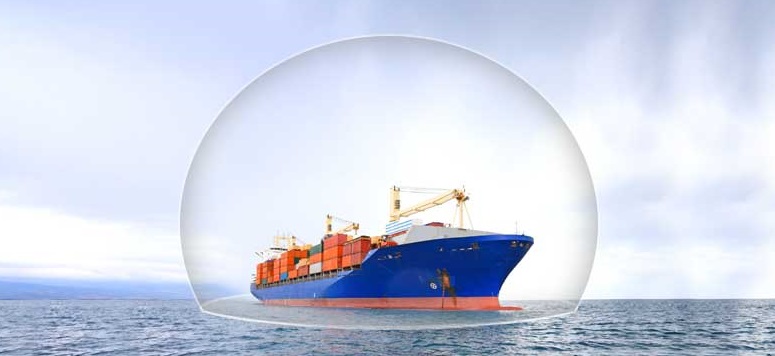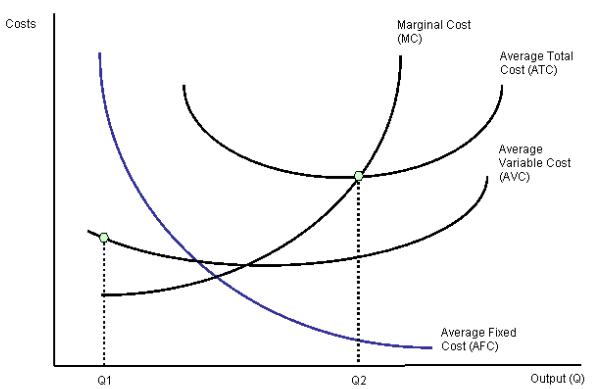Marine Insurance
Marine insurance is a contract of indemnity whereby the assurer or underwriter agrees, for a stated consideration, known as the premium, to protect and indemnify the shipper and/or owner of the goods against loss, damage, or expense in connection with the goods at risk, if the damage is caused by perils specified in the contract known as the policy of insurance. When the goods have left the shipper’s plant or warehouse and are in the course of transportation, shipper has no physical means for the protection of these goods and must rely upon the ability of the transportation company to which he entrusts them for safe delivery at their intended destination. In addition, there are perils and hazards which the goods may encounter and which are beyond control of the carrier. Hence the importance of marine insurance can well be appreciated. The carrier in export trade is not an insurer Continue reading




